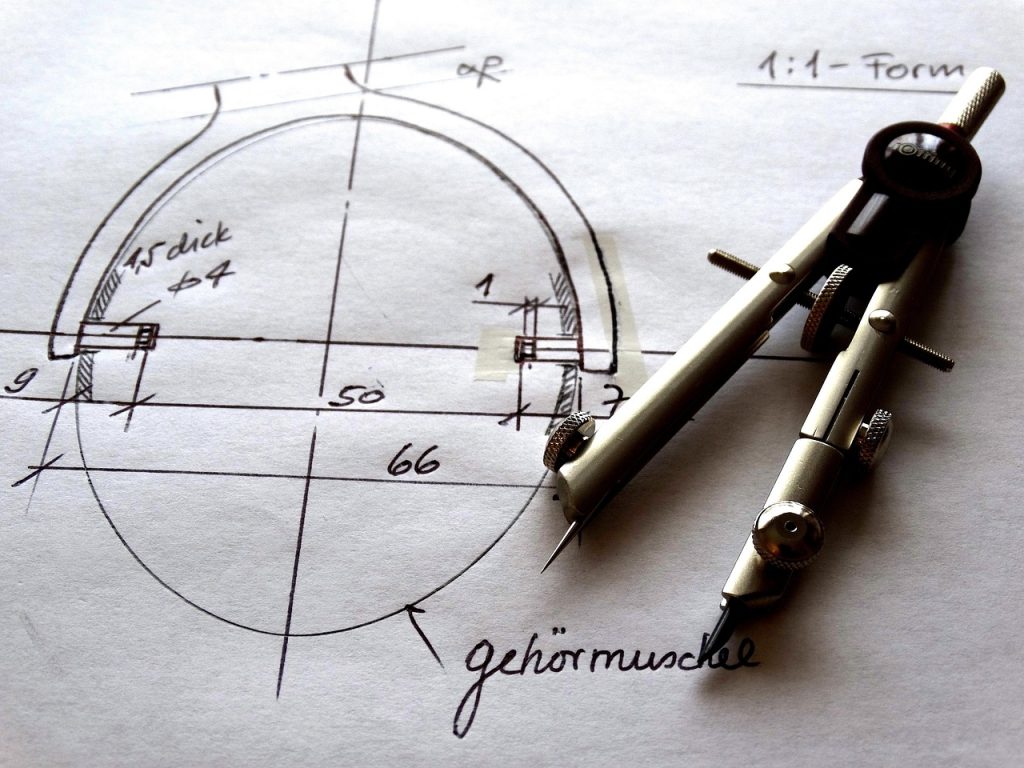

Comparison of market application fields
Film capacitors dominate the industrial electronics field due to their stability and high-frequency characteristics. In the field of new energy, photovoltaic inverters and wind power converters use a large number of high-voltage film capacitors for DC-Link filtering and buffering; in electric vehicles, film capacitors are used in inverters and on-board chargers of motor drive systems. Film capacitors are also widely used in precision timing, filtering and coupling circuits in industrial control equipment. In the field of consumer electronics, high-end audio equipment uses film capacitors to ensure sound quality, and electromagnetic compatibility design in home appliances also requires them to participate in filtering.
Electrolytic capacitors are widely used in the field of power management due to their high capacity density and cost advantages. Almost all input and output filtering of switching power supplies relies on aluminum electrolytic capacitors; the power decoupling networks on motherboards and graphics cards also use a large number of solid tantalum electrolytic capacitors. In consumer electronics, electrolytic capacitors are commonly used in power adapters, LED drivers and other occasions. It is worth noting that in aerospace and medical equipment that require high reliability, the use of electrolytic capacitors is strictly restricted, while film capacitors are the first choice due to their excellent stability.
With the development of 5G communications and the Internet of Things, both capacitors face new opportunities and challenges. The demand for film capacitors in base station RF modules is growing, while electrolytic capacitors need to cope with the pressure of miniaturization of power modules. Under the trend of automotive electronics, the penetration rate of film capacitors in new energy vehicles continues to increase, while the electronic control system of traditional vehicles still reserves space for electrolytic capacitors.